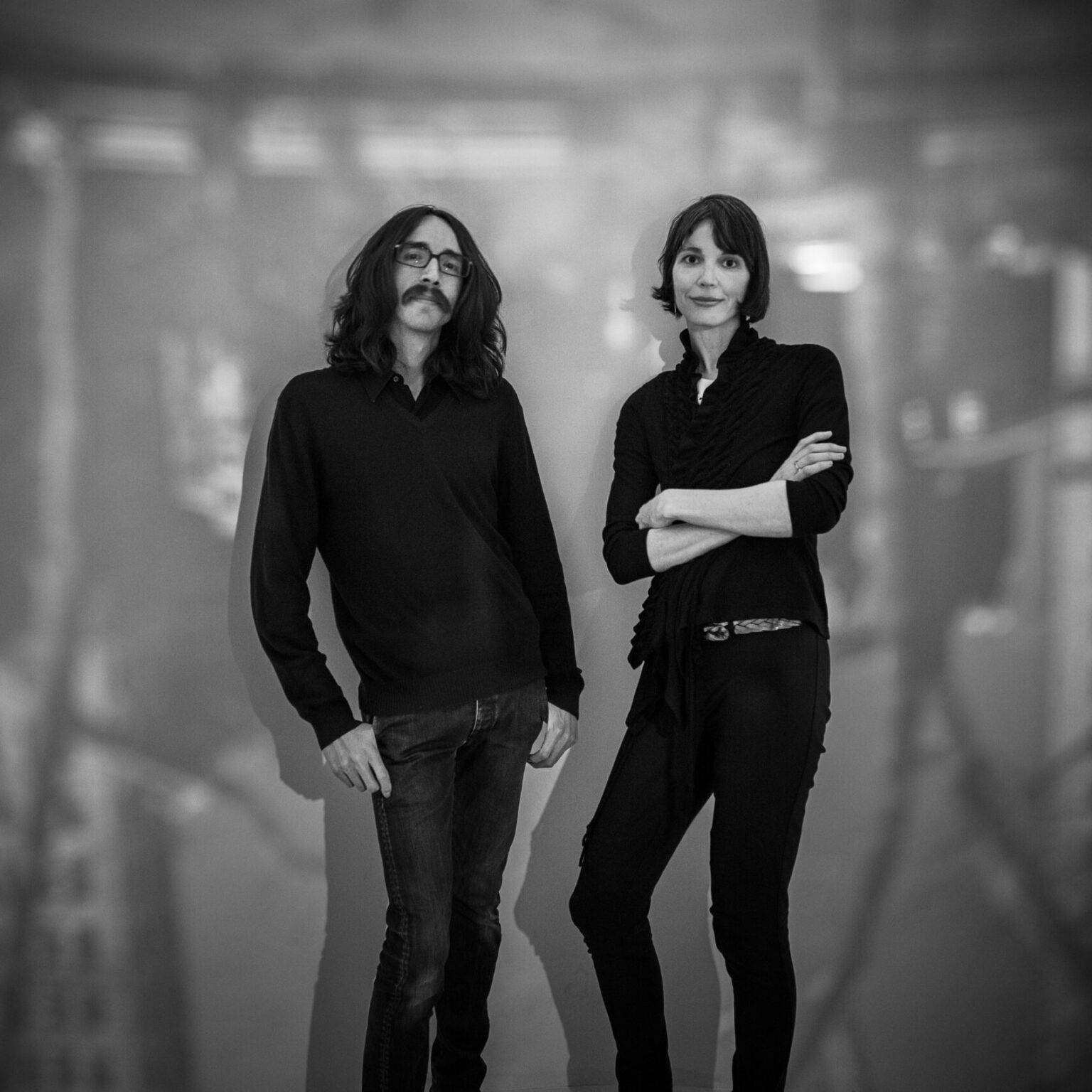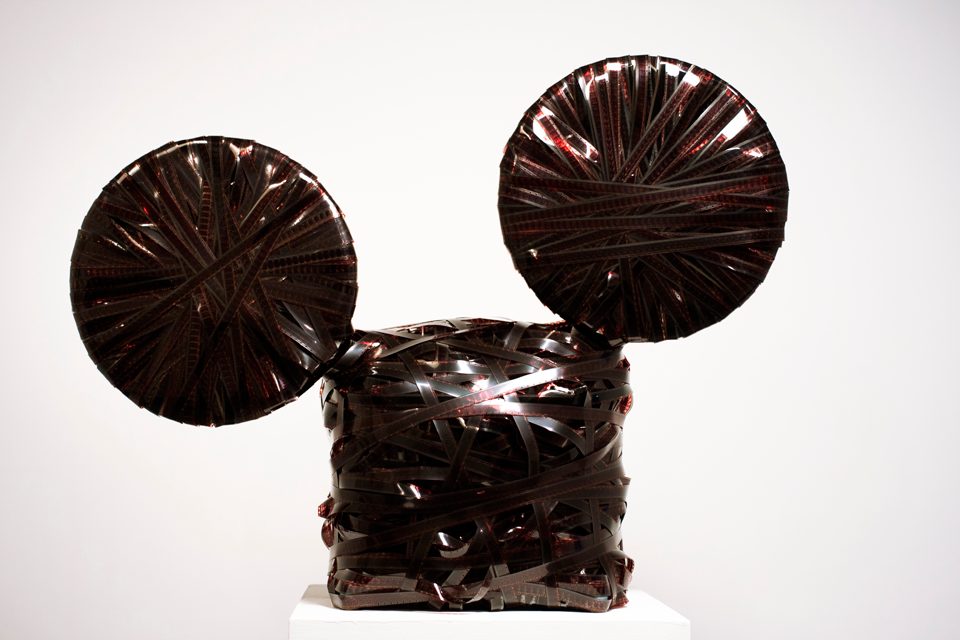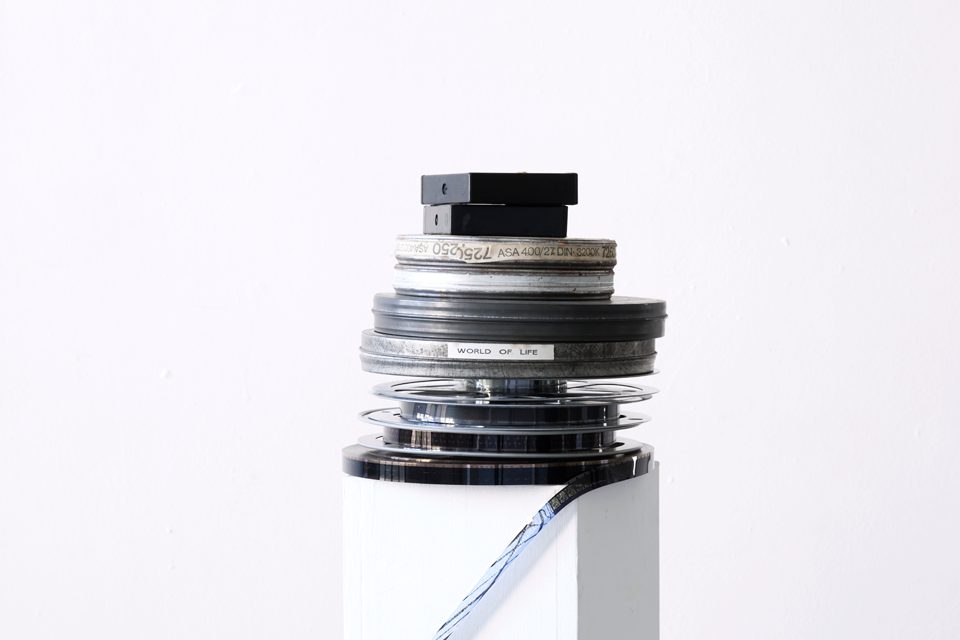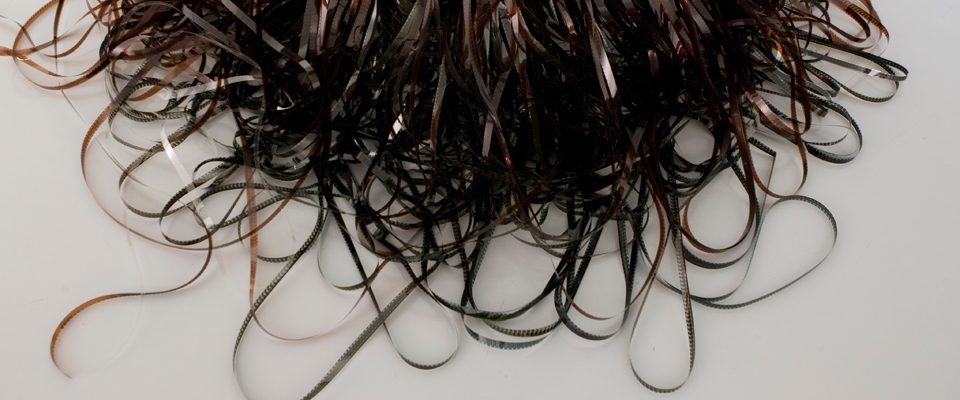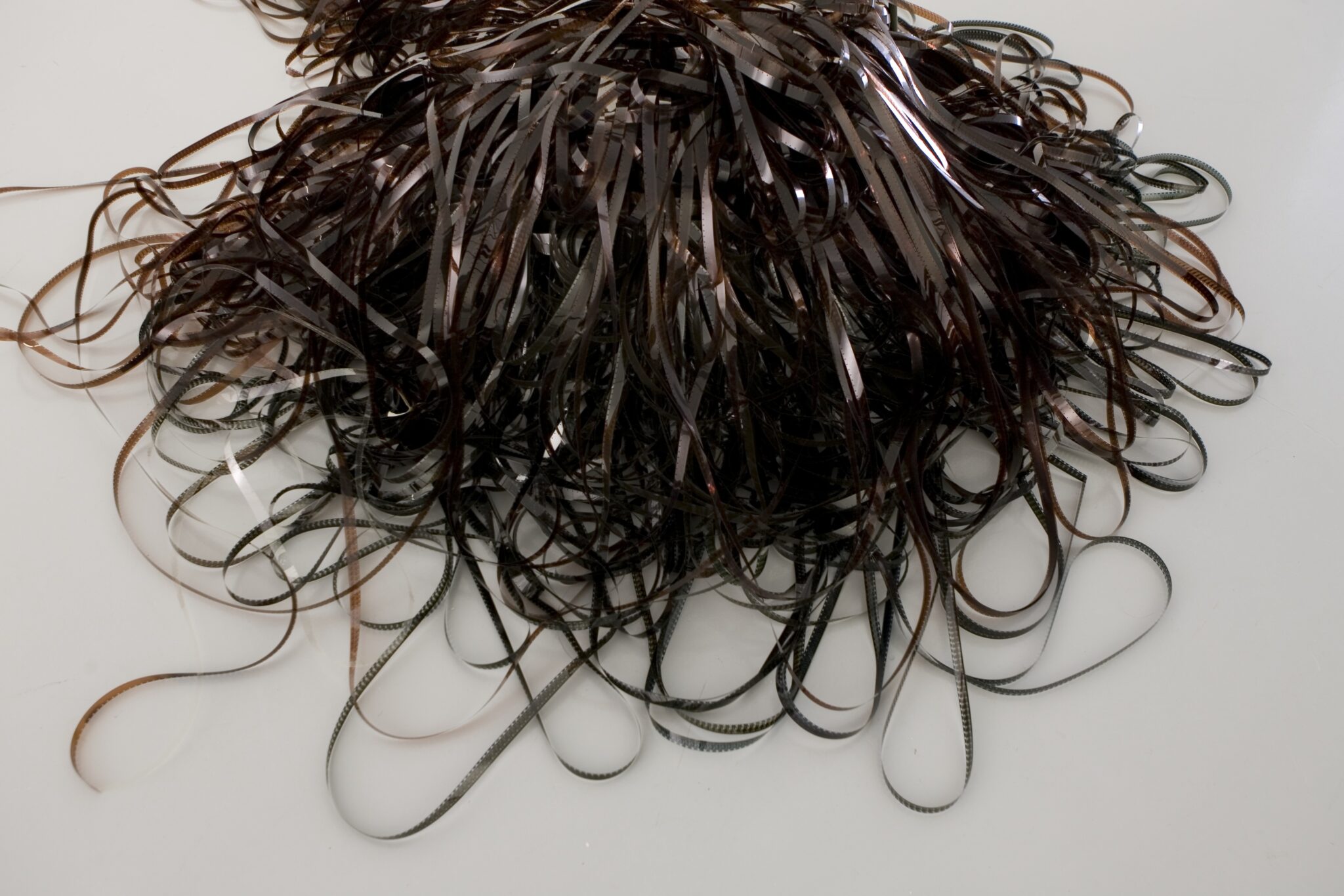
Sandra Gibson + Luis Recoder
Artist Statement
In our installation work, we use projected light to articulate space and time. Film projectors and celluloid are the material base of our constructions in light and shadow, the elemental properties of cinema. These things are deeply imbued with a history of viewership in the dark of the theater. To remove it from darkness is to flood this history and cast a certain illumination upon it. A certain exposure. Light spills in the shifting of film from its native darkness in enclosed chambers (camera obscura) to the uncanny openness and defamiliarized illumination of installation. We are exploring the shift, elaborating the displacement, recasting the light mechanics of a peculiar estrangement of the medium. The art of cinema, yes. But more timely: the becoming cinema of art. That is the coming attraction for us.
While At Headlands
If our experience of film history is generally thought of in terms of fleeting images on a blank screen in a dark room then how are they to be displayed, exhibited, screened in the overexposed rooms of a museum gallery? How is this unprecedented temporal specificity to be remembered? Or do these immaterial effigies caught in the flow of time utterly rebel against their display? Given this conundrum our working title for Headlands, Film Museum, might appear somewhat counterintuitive, nay impossible. But is there not an exit strategy somewhere beyond the EXIT sign, in the lobby, in the little chamber above and behind the spectator’s head where projection casts a flickering of light and shadow? Questioning along these lines slows down the filmic flow, freeze-frames a tableau imbued with time and movement, brings it closer to painterly and sculptural phenomena.
